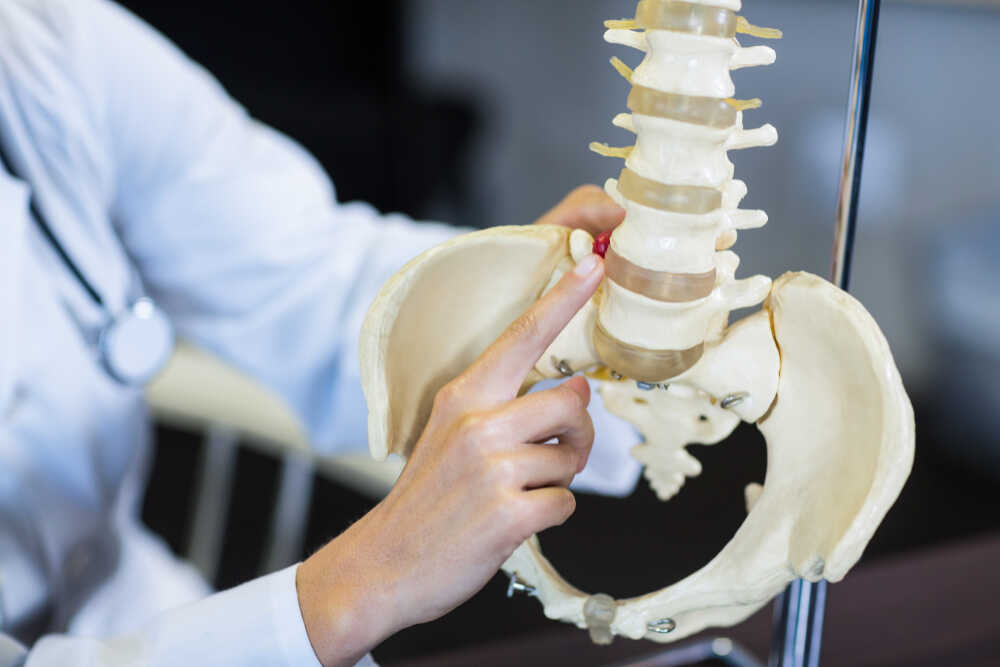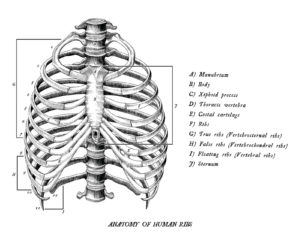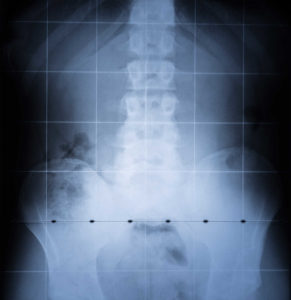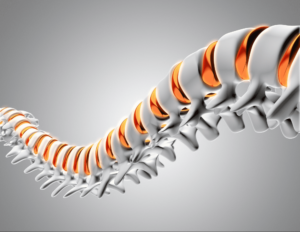Millions of people every year seek out chiropractic treatment for pain symptoms such as neck pain, leg pain, joint pain, range of motion deficits, back pain, and headaches. Due to the large scope of chiropractic manipulative therapy, there are a variety of chiropractic techniques that are effective in improving joint function and quality of life in patients.
Even if you consistently receive chiropractic care, you may not know which primary technique your chiropractor utilizes, and what you should be inquiring about based on your specific needs. Chiropractors treat every patient on an individual basis with goal of addressing the root cause of pain symptoms.
After reading this article you will be well informed about a variety of effective techniques that your chiropractor may be able to utilize in your treatment plan.
Diversified Techniques
When taking a look at the chiropractic field overall, about 50% practice diversified techniques. This type of chiropractic manipulation involves manually placing pressure on the body to restore proper movement paths. As the name suggests, diversified takes the body mechanics into account combining the most successful aspects of other popular chiropractic techniques into one. This allows for treatment of a wide range of musculoskeletal conditions across the entire body, using only the most proven and successful chiropractic approach.
Diversified techniques often referred to as an “evidence-based approach”, because diversified techniques do not hold any preconceived notions of care that is required, and is based solely on the findings of the chiropractor during an initial evaluation.
Diversified chiropractic techniques are more in tune with spinal manipulation, which interestingly is also performed by Osteopathic Doctors (DO) and Physical Therapists (PT). If this technique is performed by a DO or PT, it is legally called a “spinal manipulation”. If the same technique was performed by a Chiropractic Doctor (DC), it is referred to as a “spinal adjustment”. Although this is the same thing, depending on the medical certification different terms must be used.
Gonstead Technique
The Gonstead technique was created by Clarence Selmer Gonstead, who sought out a chiropractic education after suffering severe pain in the leg and foot that responded extremely well to chiropractic techniques.
Over his lifetime, Clarence created and perfected the Gonstead technique that is based around the concept of maximum balance and stability in the spinal column. This is achieved by having the proper alignment of the pelvis, legs, and vertebrae.
Some of the primary factors that a Gonstead practicing chiropractor will look out for include foundational unleveling, intervertebral misalignments and nerve dysfunction.
Although this technique is not practiced by many modern chiropractors, there are still elements of the Gonstead technique that work very well to relieve musculoskeletal pain symptoms. The most utilized aspect of this technique is for a “side posture” manipulation, which originated as Gonstead but is now part of the overall scope of diversified techniques.
The side posture technique is a widely used tool that involves the patient laying on their side, having one leg bent, and receiving an adjustment to the low back and or pelvis region.
Thompson Technique
The Thompson technique, also known as the Thompson drop table technique, uses a drop table and is mainly used for adjusting the pelvis and hips, and also can be utilized for the sacrum, tailbone, and lower lumbar spine. One of the unique aspects of this chiropractic technique is the importance placed on differences between the length of the patients legs. Although most people do have different length legs, it does not effect spine health, but in some cases the disparity between length of the right and left leg can cause musculoskeletal pain.
This technique was developed By Dr. J. Clay Thompson in 1952, basing the ideologies on Newton’s “First Law of Motion” which proves the mechanical advantage of performing a low force and high velocity adjustment (LFHV). This LFHV technique provides excellent musculoskeletal pain relief qualities while being gentle for the patient being adjusted.
The area that the Thompson technique excels at is getting motion into the sacroiliac joints located in between the pelvis and tailbone.
Adjustments made using a drop technique are utilized often at South Pointe Chiropractic, as they are an excellent form of manipulation for patients who are sensitive. This chiropractic manipulation is used often for patients in our Fibromyalgia treatment program.
Upper Cervical Chiropractors
Some chiropractors practice upper cervical techniques, which focus on the top 2 vertebrae of the spine specifically. The goal is that the most important part of the spine is the upper cervical because this is where the spinal cord is, and is home to the most sensitive nerve structures. Rotation, limitation, or compression in the upper cervical area is believed to have the most impact on a person.
Depending on the patient, an upper cervical issue may becoming their pain and will be addressed at South Pointe Chiropractic, but we are not upper cervical specific chiropractors. We practice diversified techniques which takes a look at the patients body as a whole to find and address the root cause of their pain.
Toggle Recoil Technique
The Toggle Technique was created by B.J. Palmer, who is the son of the creator of chiropractic, D.D. Palmer. This is an older type of chiropractic that uses x-rays to evaluate the spine and uses a drop table with torque adjustments.
This technique is not used very often in modern day chiropractic, as x-rays are not necessary for evaluating the spine using diversified techniques. If you would like to know more about the history of chiropractic, please check out our article “History of Chiropractic“.
The Palmer Package
If you are familiar with chiropractic care, you may have heard of the Palmer Package.
The Palmer Package consists of the Gonstead Technique, Diversified Technique, Thompson Technique, and Toggle Technique. Chiropractors are legally allowed to say that the practice the “palmer package” because they attended a Palmer College of Chiropractic school.
What Is The Best Chiropractic Adjustment Technique?
Chiropractic methodologies are not a one size fits all solution.
At South Pointe Chiropractic all of our chiropractors practice diversified techniques. This ensures that we are able to treat a wide range of pain symptoms using the most proven and effective techniques. Within the scope of diversified there is an adjustment approach to meet every patients goals, and based on your unique needs our chiropractors will outline the best adjustment options for you.
If you are located in the greater Denver area and need to relieve your pain symptoms, feel free to give us at call at (720) 749-4712 today to find our how we can help improve your quality of life.




